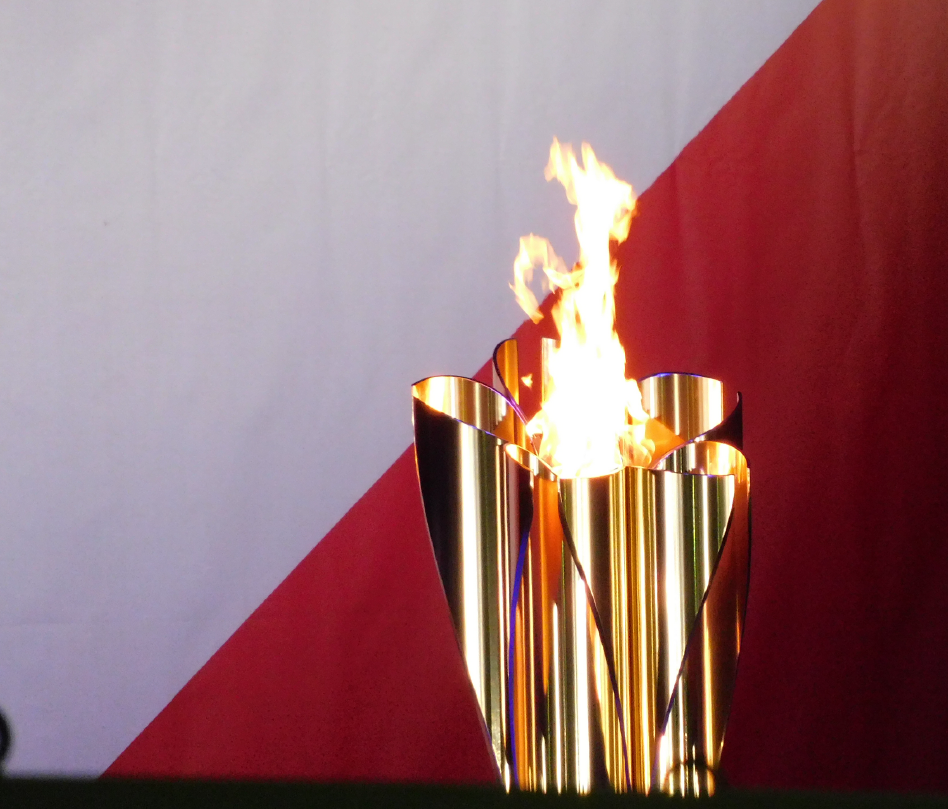This case study was adapted from an article originally published in WIPO Magazine. Read the article here.
Who: Tokujin Yoshioka, a world-renowned contemporary Japanese artist and designer of the Olympic torch for the 2020 Tokyo Olympic Games.
The Challenge: The Olympic torch is a key component of the Olympic Games, reminding attendees from across the globe of the celebration’s ancient origins and the hope and unity achieved through sport. Once the host location is announced for the upcoming Olympics, they are tasked with designing a torch that uniquely captures the spirit of their country.
The Innovation: When considering the torch’s design, Yoshioka saw an opportunity: “The Olympic Games are full of meaning. They inspire and carry the feelings of many millions of people around the world.” Through design, Yoshioka hoped to communicate the spirit of kindness and compassion of the Japanese people, particularly in the face of struggle.
Yoshioka began working on the torch design in 2013, after it was announced that Japan would host the games. Just two years prior to the assignment, Japan was devastated by the Great East Japan Earthquake of 2011. The aftermath of this natural disaster left many without homes and caused significant damage to communities. To honor their resilience, Yoshioka decided that the Olympic torch would be designed as a cherry blossom, a flower that signifies hope. The flames emerge in five separate petals, merging at the center of the torch, which symbolizes global peace and unity.
When it was time to produce the torch, Yoshioka saw an opportunity to honor Japan’s technological achievements and commitment to innovation. Yoshioka used a novel manufacturing process, which combined the design and manufacturing processes into one with aluminum extrusion. The result was a strong, seamless torch that represented the country’s commitment to ingenuity. Additionally, roughly 30 percent of the 2020 Olympic Games torch is recycled aluminum that was originally used in temporary housing in the disaster-affected areas in Japan, symbolizing renewal and hope.
The 2020 Olympic Games torch is protected by intellectual property (IP) rights, and for Yoshioka, that protection is important. According to Yoshioka, the immense amount of thought and creativity that made this year’s torch possible needs to be recognized and respected through patent protection:
“A great design is not one that shapes the surface, it goes beyond shape, it is epoch-making and creates something completely new and universal. And the originality of such designs needs to be protected so that we can share the excellence of ideas. We are living in an age where it is difficult to create something new because of the infinite amount of information available. I feel that we are losing our ideas and motivation due to the homogenization of values. It would be wonderful if we could create a work and that everyone who sees it knows who created it.”
“A great design is not one that shapes the surface, it goes beyond shape, it is epoch-making and creates something completely new and universal. And the originality of such designs needs to be protected so that we can share the excellence of ideas.” -Tokujin Yoshioka


